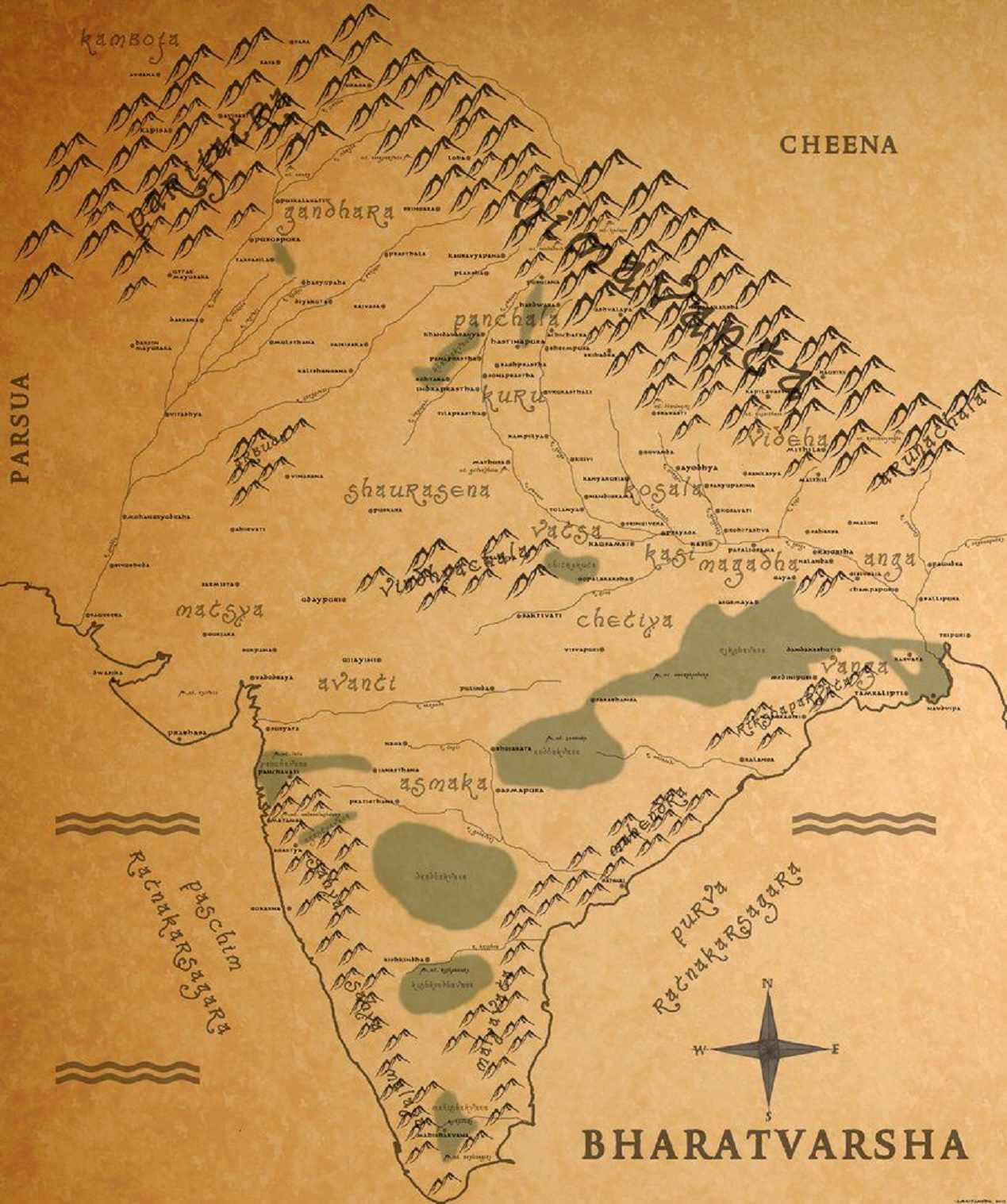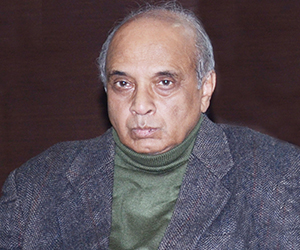AS one who with his Indian passport finds it impossible to travel to Pakistan, I frequently treat myself to Pakistani travel videos available in ‘you tube’. I now know, for example, that Karim’s teashop in the old quarter of Gwadar at the western edge of the Makran coast is identical with hundreds of roadside teashops that one routinely encounters in India and that the person selling fresh sugarcane juice in the fields near Multan is no different from his counterpart near Hissar. As an Indian I should feel completely at home in that tea-shop in Gwadar or in the company of that seller of ganna-ka-ras near Multan. The inevitable and emotion-laden question which comes up in the mind of an eighty-year-old born in British India like myself is: how on earth did this one and indivisible subcontinent get divided into two hostile territories with agonizing restrictions on the movements between them? Let the historians of Partition try to answer this question but it should be no less interesting to assess how long has the Indian subcontinent been one and indivisible from the geographical point of view and also from the point of view of life as lived at the grassroots level.
As far as the texts go, the evidence of Vishnupurana and the topographical lists and descriptions of people and various countries or divisions of the land in the Mahabharata leaves no doubt that by the time these texts in their presently available forms were written, the whole of the subcontinent was a well-understood geographical entity. There was no doubt that “ the country that lies north of the ocean and south of the snowy mountain, is called Bharata, for there dwelt the descendants of Bharata” ( Book II, Chapter 3, description of Bharatavarsha in the Vishnupurana). The precise dates of these texts are unknown but their central points may be put in the general range between late centuries BC and the 4th-5th century AD. By this time-period at least the subcontinent that we know was an integrated geographical concept.
How far back in time can the understanding of this geography be taken? I learn from S. Kalyanaraman that the term ‘Bharata’s people’ occurs as early as Rigveda III.53.12: “This prayer of Visvamitra keeps secure the race of Bharata (Griffith’s translation; original Bharatam Janam). Another verse, no. 24, in the same section mentions the sons of Bharata (Bharataputra). Both the terms -- Janam and Putra-- are used here in the sense of ‘progeny of Bharata’, the sense in which the term occurs in the Vishnu Purana . There was apparently an awareness of Bharatavarsha as a geographical entity as early as the Rigveda, meaning thereby that the notion of this land is something which is entwined with the very beginning of the Indian thought.
It has also a major archaeological manifestation which I shall chalk out in this note. This archaeological manifestation is in the form of the Indus civilization which is, to us, the fountainhead of India’s Great Tradition. Our claim is based both on its geographical space and chronological span.
This geographical space runs from Shortughai in the Oxus valley in Afghanistan to Daimabad in the Godavari valley of Maharashtra on the one hand, and from Sutkagendor on the border between Pakistani and Iranian Baluchistan to the banks of the Ganga below the Manasa Devi hill of Haridwar on the other. Even if one takes Afghanistan out of this space, the north-south axis of its distribution spans the length from the site of Manda in Jammu to Daimabad in Maharashtra. In recent years there have also been reports of pottery of the Indus affinity from near Jalgaon in Maharashtra. When one adds to this geographical fact, the distribution of OCP--Copper Hoards, an artifact assemblage which certainly belongs to the late Harappan chronological and cultural orbit, if not to the earlier mature Harappan tradition itself, this geographical space may be said to have incorporated the whole of the Ganga-Yamuna Doab down to Sringaverapura near Allahabad. The thought of its geography alone is enough to convince anybody that this archaeological tradition marks the most important and largest civilizational growth in the subcontinent.
The second point to consider in this context is the chronological column represented by this civilizational growth and tradition at sites like Bhirrana and Rakhigarhi. Basically, the chronological and cultural columns of these sites sum up the growth story of the Indus tradition from around 7000 BC to c.1200/1300 BC. These sites do not stand alone; the combined archaeological testimony of the entire northern and north-western segment of the subcontinent, including the indisputable proof of the beginning of agriculture in the Aravalli belt of Rajasthan-Gujarat, tells the same story.
We assert that the civilizational growth of this geographical and chronological magnitude could not have left any part of the subcontinent untouched in its quest to procure various kinds of resources. In bits and pieces this has been clear for a long time; one remembers Edwin Pascoe’s famous chapter on the natural raw materials in the first volume of John Marshall’s Mohenjodaro report where it is said that amazonite of the site was likely to have come from the Nilgiris in the deep south.
The final and the most significant point is that the vast space and time represented by this civilization neatly fits in with the literary, cultural and philosophical tradition of India which is visible in the column of Vedic texts and the innumerable later texts traditionally rooted in the Vedic texts. We must realize that the corpus of Vedic texts was, once one forgets its so-called Aryan association, was an Indian literary tradition, and whatever may be its date, it has to fall in the date-bracket of protohistoric cultures before the beginning of the early historic urban growth in the Ganga plain. The two together –--the column of archaeological growth and the column of literary development – may eventually be said to form the base of our Indian historical narrative. It has taken a long time for us to logically argue this but the fact that we have been able to eventually argue this is the most important realization that we can have regarding ancient India and the genesis of the idea of Bharatavarsha.











Post new comment